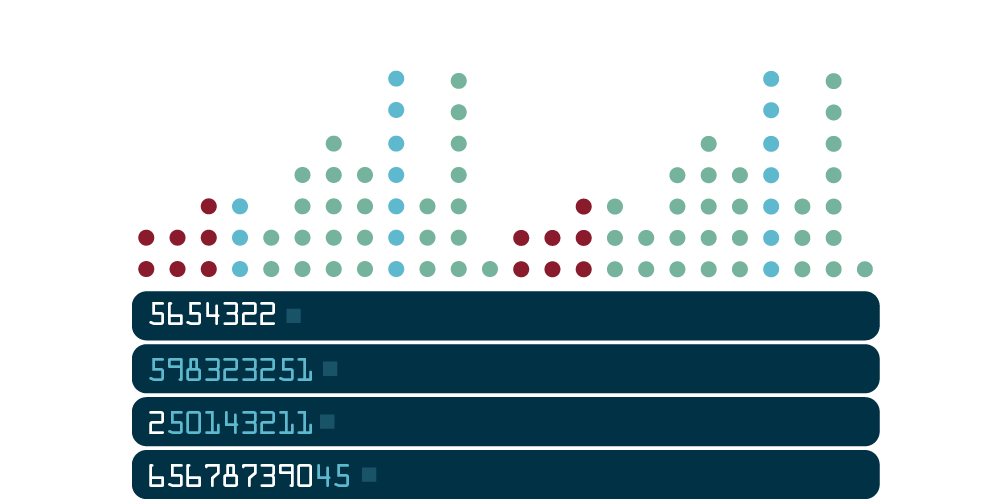Pensions and the Corporate Insolvency and Governance Act 2020: what trustees and employers need to know
Published on 21st July 2020
New legislation ushers in the largest change in the UK’s corporate insolvency regime in over 20 years and raises questions for pension schemes.

Fast-tracked through Parliament in the wake of the Covid-19 emergency, the Corporate Insolvency and Governance Act 2020 came into force on 26 June 2020. It brings in some temporary measures designed to support businesses affected by the pandemic and changes that have been expected for a while. We look at five aspects of the Act that the trustees and employers of UK pension schemes will need to know about.
1. The Act changes insolvency law and relaxes company law requirements
The Act and related regulations introduce:
- a new 20 business days (extendible) moratorium to give companies breathing space from creditors while they seek a rescue;
- a new restructuring procedure for companies facing financial difficulties, including "cross-class cram down" provisions allowing dissenting creditors to be bound;
- temporary restrictions (1 March to 30 September 2020) on the use of statutory demands and winding-up petitions;
- greater protection for the supply of goods and services to a company in an insolvency process to help support company rescue;
- a temporary relaxation of wrongful trading liability for directors (1 March to 30 September 2020), but not including financial services companies;
- an extension of government oversight of pre-pack administrations to connected persons until June 2021 (with an option to extend again); and
- temporary easements of the rules relating to Annual General Meetings and of Companies House filing requirements.
2. It is not clear how pension schemes will be treated under a moratorium
During a moratorium the company will benefit from a "payment holiday", which will apply to most pre-moratorium debts that fell due before the moratorium, or fall due during the moratorium. However, it will not apply to all of them. For example, the company will still have to pay "wages or salary arising under a contract of employment" (which is defined as including "a contribution to an occupational pension scheme"), redundancy payments and "debts or other liabilities arising under a contract or other instrument involving financial services".
For occupational Defined Contribution (DC) schemes, the definition of "wages or salary" suggests that a company will still need to pay employee (and, arguably, employer) pension contributions during a moratorium. The position is less clear for contributions to group personal or other personal pension plans, although there are arguments to support payment.
For Defined Benefit (DB) schemes, the definition of "wages and salary" again suggests that a company will need to pay employee future service contributions during a moratorium. The position is less clear for employer future service contributions, deficit reduction contributions, scheme expenses payable by the employer, and any debt relating to a contribution notice or financial support direction.
Some important changes were agreed as the Act passed through Parliament: exclusion of accelerated debt from "super priority" (see below); introduction of requirements to notify the Pensions Regulator (TPR) and the Pension Protection Fund (PPF); providing the PPF with the same rights to information and challenge as other creditors (see below); and the subrogation of the trustees' right to vote, subject to a requirement that the PPF consult with the trustees before exercising their creditor rights.
However, there is still a risk that a moratorium could place trustees in a weaker position. A moratorium is not a qualifying insolvency event for the purposes of triggering a section 75 debt or the start of a PPF assessment period: the idea is to give the company breathing space while it seeks rescue as a going concern. The trustees will not be able to enforce any contingent asset during the moratorium and, if there is no rescue and the company is put into, for example, winding-up, unsecured bank and financing debt (except for debt that fell due during the moratorium because of the operation of, or the exercise of rights under, an acceleration or early termination clause) will take "super priority", leaving less money for other creditors, including the pension scheme. There are, however, powers within the Act for trustees and the PPF to be able to challenge decisions made by the directors and / or the monitor during a moratorium.
3. It is not clear how pension schemes will be treated on restructuring
The new restructuring procedure is similar to a scheme of arrangement, in the sense that creditors have the right to vote. However, the court has "cross-class cram down" powers: the power to bind creditors who have voted against a restructuring proposal where none of the members of the dissenting class would be worse off under the restructuring proposal.
For DB schemes, restructuring will not be a qualifying insolvency event for the purposes of triggering a section 75 debt or the start of a PPF assessment period: the idea is to help a company that can otherwise continue as a going concern to eliminate, reduce or prevent, or mitigate financial difficulties.
Changes made just before the Act completed its passage through Parliament gave TPR and the PPF the same information rights as creditors, and the PPF the power to exercise trustees' creditor rights, subject to a requirement to consult with the trustees before exercising those rights.
However, there are questions around what "value" or "debt" trustees can rely on as being due to the scheme and, therefore, how much influence they have as a creditor: is it the section 75 debt or something low, such as the amount of any unpaid contributions? With a right to vote, there is also the question of whether trustees could be seen to be compromising or modifying a debt, with implications for moral hazard and PPF eligibility.
4. The restrictions on the use of statutory demands and winding-up petitions restrict trustee options and could give rise to 'PPF drift'
The Act says that a statutory demand served between 1 March and 30 September 2020 cannot be used as the basis for a winding-up petition.
It also says that, between 1 March and 30 September 2020, a creditor cannot petition the court for the winding-up of a company, unless it has reasonable grounds for believing that the Covid-19 pandemic has not had a financial effect on the company, or the ground for presenting the petition would apply even if the Covid-19 pandemic had not had a financial effect on the company.
These restrictions temporarily remove a key lever/negotiating tool available to trustees in seeking payment from employers of unpaid debts or contributions. For DB scheme trustees, they also bring the risk of "PPF drift", where the number of members entitled to full PPF compensation increases with the delay in the company going into winding-up.
5. The relaxation of liability for wrongful trading is not a complete answer
The temporary relaxation of director liability for wrongful trading should have a limited impact on pension scheme trustees. This is because it does not affect other directors' duties and responsibilities: directors still owe common law duty to company to act in the best interest of its creditors (including a pension scheme) if the company is insolvent or likely to become insolvent.
Osborne Clarke comment
Although some of the provisions in the Act have been expected for a while, the legislation was fast-tracked through Parliament with little time for the pensions implications to be properly debated. As such, it leaves many questions unanswered.
That said, it is not yet clear whether many employers will make use of the moratorium (due to the need for the monitor to be able to declare that the moratorium is likely to result in the rescue of the employer) or the restructuring procedure (due to the potential cost of court approval).
From a practical perspective, trustees should have in mind the potential impact that a moratorium or restructuring procedure may have when considering employer requests to suspend or defer deficit reduction contributions. Additionally, if an employer is considering using the moratorium or restructuring procedure, careful consideration will need to be given to potential conflicts of interest within the trustee board.
While pension scheme employers and trustees need to understand how the Act could affect them, they should also keep an eye on future developments: there are a number of areas where the wording of the Act will require court interpretation. Additionally, statutory powers have been reserved to enable the government to adapt the measures if required and the Pension Schemes Bill (which is bringing in new powers for TPR) is still making its way through Parliament and could be amended to clarify the relationship between the measures set out in the Act and TPR's moral hazard powers.
If you would like to discuss any of the points raised in this Insight, please contact one of our pension and insolvency experts.






